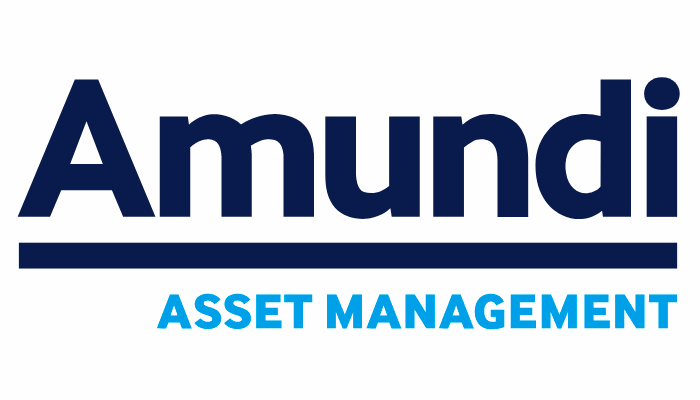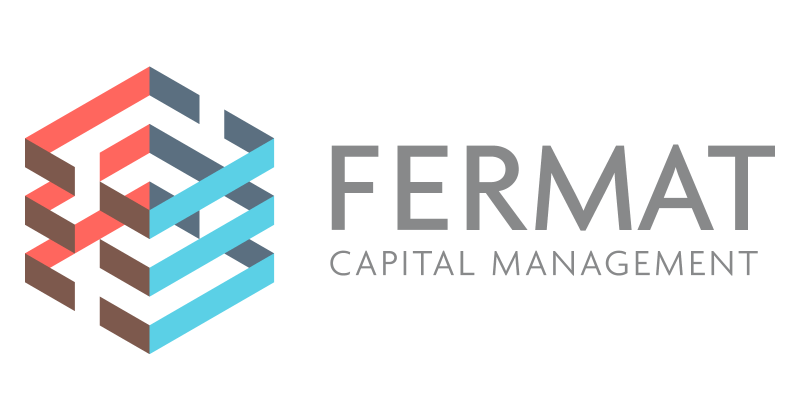Non-life insurance premium growth may slow after this year, as the re-pricing of risk effect evens out. But, global reinsurer Swiss Re believes that rising exposure to natural catastrophe events is set to continue driving property insurance market premiums higher, resulting in a corresponding increasing need for reinsurance and risk transfer.
 Demand for property catastrophe reinsurance has been accelerating over the last few years and once again there are forecasts for at least $10 billion of incremental demand to be seen at the January 2025 renewals.
Demand for property catastrophe reinsurance has been accelerating over the last few years and once again there are forecasts for at least $10 billion of incremental demand to be seen at the January 2025 renewals.
With that trend expected to continue and already some forecasts suggesting demand will rise at both the April renewal for Japan and the mid-year 2025 renewals for the United States, underpinning this is rising exposure, premiums and also the growth that major insurance carriers have been achieving.
Swiss Re forecasted today “decade-high 4.3% global non-life premium growth this year following the repricing of risk in response to elevated claims.”
“Premium rates are now moderating and we forecast softer global premium growth of 2.3% annually in real terms over 2025-26, below the 3.1% average of the last five years,” the reinsurer’s latest sigma analysis continues.
But then adds that, “The active US hurricane season is likely to take global natural catastrophe insured losses to well over USD 100 billion this year for a fifth consecutive year and may delay the onset of softer property insurance pricing.”
Above-trend growth is expected for non-life insurance over the next two years, as the hard market reaches an inflection point, Swiss Re’s Institute explains.
At the same time, on returns from the sector, “The primary non-life insurance industry is improving its profitability and economic sustainability. Underwriting results benefited from easing inflation and higher premium rates this year and we expect them to stay strong in 2025 and 2026. Coupled with improving investment results, this should support profitability.”
For non-life insurance, including property, Swiss Re notes that, “Social inflation and natural catastrophes may counteract the price softening.”
However, competitive pressures for downward price adjustments are increasing, and “the outlook for pricing is now more moderate,” Swiss Re explained.
But rising natural catastrophe losses, as well as other pressures such as social inflation, could be enough to prevent a competition induced wholesale softening, the reinsurer suggests.
Commenting on trends in natural catastrophe insured losses, Swiss Re said, “Full year natural catastrophe insured losses will likely reach well over USD 100 billion by our estimates, for a fifth consecutive year and the seventh occurrence since 2017 (on an inflation adjusted basis). It confirms that insured losses continue to grow at a 5‒7% average annual rate in real terms. The most significant drivers of rising insured losses, especially from severe convective storms, are wealth accumulation and urbanisation in harm’s way, particularly in hazard-exposed areas such as coastlines. Other factors include increasing insurance penetration, and rising vulnerabilities such as from ageing roofs and a growing number of rooftop solar power installations, which are often the most vulnerable part of a building.”
Going on to say that, “Rising exposure to natural catastrophes will likely underpin property insurance growth globally.”
Here, Swiss Re highlights the legislative changes in Italy that are set to mandate that corporations buy earthquake, flood and landslide insurance protection.
These kinds of rulings, that seek to enforce responsibility on corporations to protect their businesses, assets, staff and constituents may become more prevalent in years to come and could drive more insurance uptake, especially against weather and natural disasters.
Swiss Re said, “Measures like these can also help to close protection gaps and speed up climate adaptation efforts,” while also highlighting that, “Advances in decarbonisation and renewable energies would also boost engineering lines during both the construction and operational phases, as well as create opportunities for property risk coverage.”
At the same time, the profitability of P&C insurance and reinsurance businesses is again expected to be high for full-year 2024, which could ramp up competitive pressures somewhat.
So we may find 2025 a bit of a balancing-act in the market, as competitive pressures on one side from a well-capitalised insurance and reinsurance industry, versus increasing demand and rising loss costs on the other, compete to drive the direction of pricing in the property catastrophe marketplace.





















 English (US) ·
English (US) ·